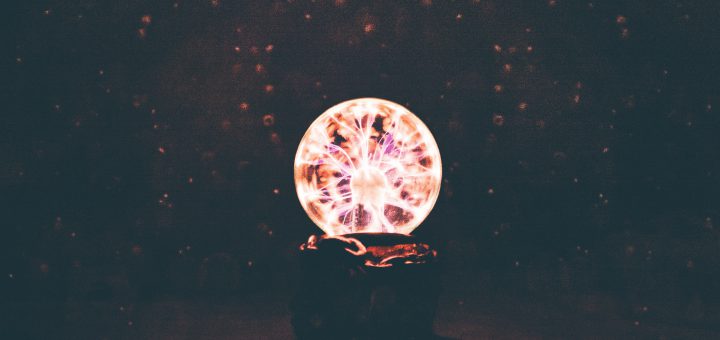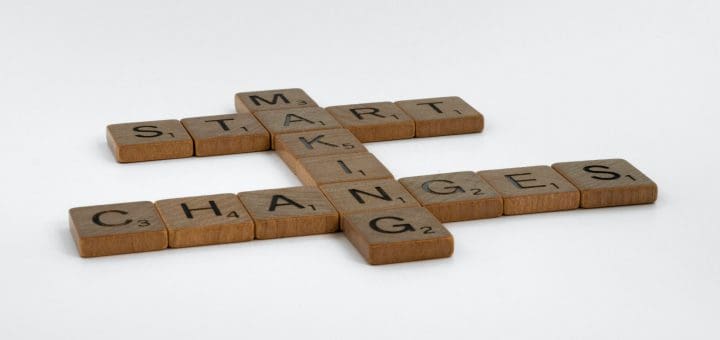Magical Thinking Isn’t So Magical
Magical thinking is a concept that I have been experiencing for quite some time. I remember having thoughts that fall under the category of magical thinking since I was in elementary school. According to Healthline, magical thinking is the idea that you can influence the outcome of specific events by doing something that has no bearing on the circumstances.











Recent Comments